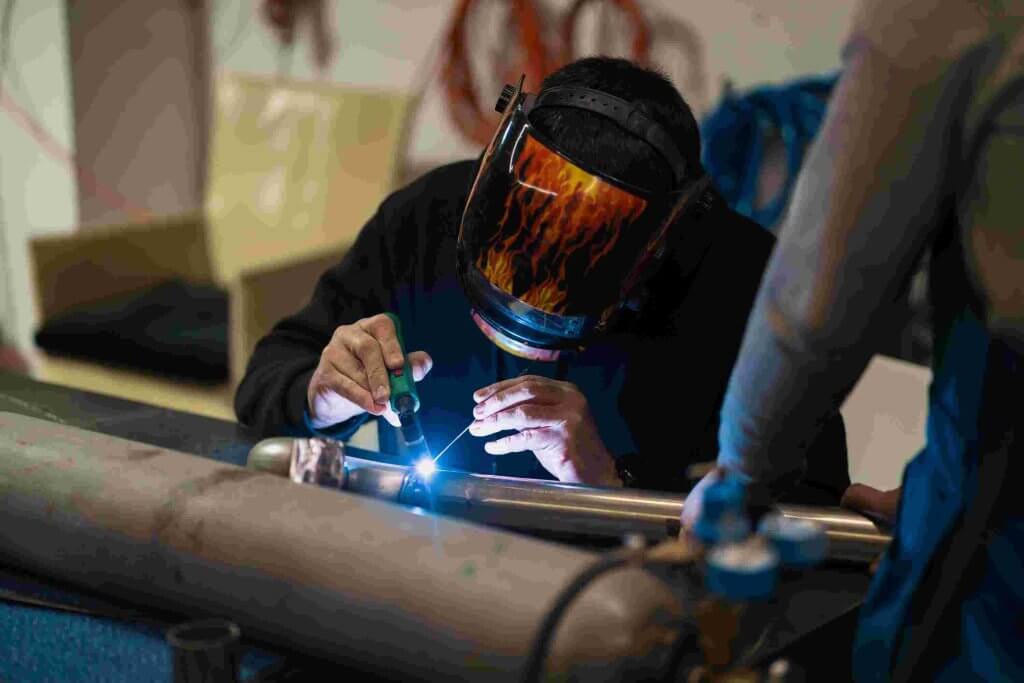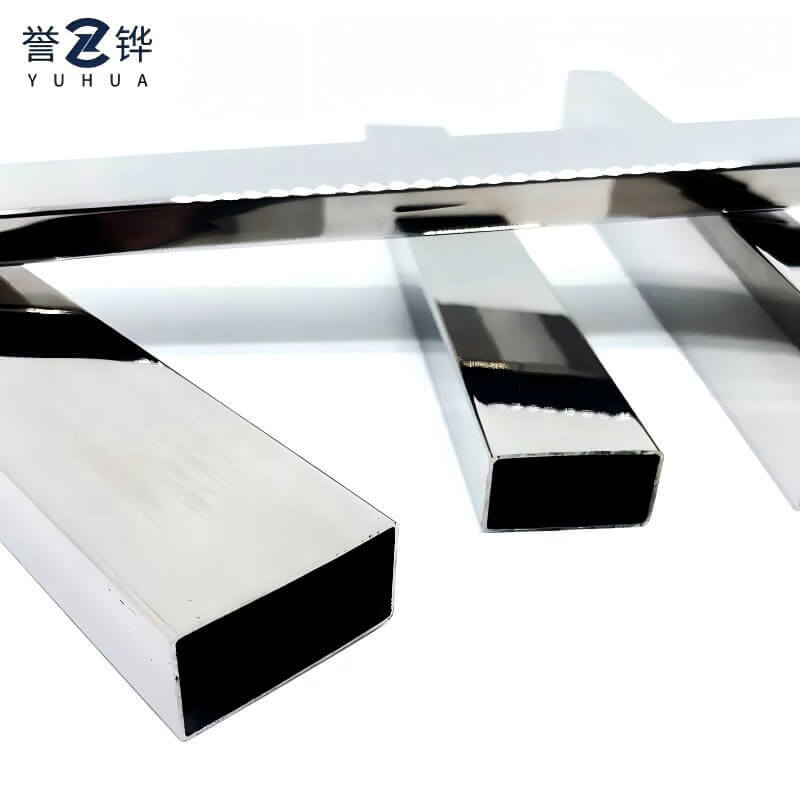410 stainless steel is a martensitic kind that packs roughly 11.5–13.5% chromium, giving it decent rust blocking compared to other stainless types. That martensitic setup makes it stick to magnets and lets you heat-treat it to hit all sorts of toughness levels. The blend usually throws in small bits of carbon, manganese, silicon, phosphorus, sulfur, and iron as the main chunk.
The alloy can be heat-treated to achieve varying levels of mechanical performance, including improved hardness, strength, and wear resistance. Because of its ability to undergo heat treatment, 410 stainless steel stands out among other grades that lack such versatility.
It’s a regular pick where you need scrape fight and okay rust shield. 410 stainless steel has turned into the go-to across tons of factory jobs. You’ll see it in valves, bolts, knives, pump bits, and other gear that takes real pounding.
Performs well in mildly corrosive environments like air, water, and certain chemicals, making it a reliable material in less aggressive settings compared to more corrosion-resistant grades like 304 or 316L.

The big win with 410 stainless steel is how rock-solid it gets. Offers high tensile strength after heat treatment, allowing it to maintain structural integrity in high-stress environments such as turbines and automotive components.
It keeps shape under pounding and scraping, so it’s the pick when friction or constant rub is gonna chew up the surface.
On top of that, it’s a cheaper swap for fancy alloyed stainless in a bunch of jobs, giving you the muscle without the crazy price tag.
Heat treating is the magic trick to max out 410 stainless steel. Heat treatment enhances hardness and tensile strength significantly, transforming the microstructure into martensite which increases durability.
People usually quench and temper to dial in the perfect mix of hard and bendy for the job.
Plus, annealing makes it cut easier and less snappy, which rocks for machining or bending wild shapes.
When you stack 410 stainless steel vs 304, each one fits its own gig. 304 Stainless Steel Pipes – Versatile, Durable, and Corrosion-Resistant due to its higher nickel content and balanced chromium composition.
But 410 crushes it on strength, hardness, and scrape fight once heat-treated. That makes it killer for load-carrying parts, not so much for salty or acid-heavy spots.
Pick 304 when rust block is king, like boats or chemical tanks. Grab 410 when you need parts that won’t wear out under grind and pressure.
Applications include construction: handrails, structural frameworks, and scaffolding, as well as food processing equipment where hygiene and rust prevention are vital. Other uses span automotive trim and architectural designs where aesthetics also matter.
Common applications for 410 stainless steel include cutting tools like blades and knives, turbine blades in aerospace or power generation, pump shafts, fasteners under mechanical loads, and automotive parts like exhaust components.

Cutting 410 stainless steel is way smoother when it’s annealed. Machinability improves with annealed condition; requires rigid tooling setups to prevent chatter and tool wear.
Welding works, but you gotta watch close. Welding is possible but requires preheating and post-weld annealing to prevent cracking. This is critical because welding without temperature control can cause brittle zones due to rapid cooling.
Skip welding it hard—too brittle. Always check heat-treat state before you spark up.
It ain’t the rust champ like austenitic types, but offers moderate corrosion resistance; suitable for low-chloride environments such as indoor air or freshwater exposure.
Don’t toss it in ocean water or acid baths without a coat—salt and harsh junk will eat the surface over time.
Polish or passivate to bump rust fight, cuts down pits and crud.
410 stainless steel’s heat-proof hardness nails car jobs like exhaust manifolds, brackets, trims, and bolts where hot-cold cycles never quit.
Perfect for pumps, valves, bolts that take scraping. It shrugs off grind while staying true to size.
Heat-treat it hard and 410 keeps razor edges forever—ideal for blades and food gear that get sharpened and scrubbed daily.
At YUHUA, we crank out top-shelf stainless pipes including the 410 stainless steel pipe, built to crush global factory needs. We focus on making all sorts of stainless steel pipes, like the 200, 201, 202, 300, 304L, 316L, 410, 430 and 400 series.
Our 410 stainless steel pipes are manufactured under strict quality control systems that guarantee exceptional strength and reliability. We’ve got our own factory line and a skilled team of engineers. This helps us whip up custom products for customers.
Need pipes for backbone or moving gritty fluids? Our sizes slot right in.
We run cutting-edge lines for dead-even walls and slick finishes—long life, drop-in easy.
Our supply chain’s locked tight, ships worldwide on the dot. We bring rock-solid stainless goods, sharp tech backup, and after-sale you can bank on. Our tech crew helps nail the exact spec for your gig.

Q: Is 410 stainless steel magnetic?
A: Yes. It is magnetic due to its martensitic structure which contains iron in a ferromagnetic form.
Q: Is 410 stainless steel food safe?
A: It can be food safe when properly processed and finished; however, it is less corrosion resistant than austenitic grades like 304.
Q: Can you harden 410 stainless steel through heat treatment?
A: Yes, it can be hardened by quenching followed by tempering which significantly increases its strength and wear resistance properties.